This is a blog for a class on creating digital environment, to document my progress on each project.
Don't wanna be here? Send us removal request.
Text
Project 1: Live Action Set
Part 1: Planning
The guidelines for this assignment are to recreate a set from a film from prior to 1950 through combining a 3D model with a photo. After some research, I have chosen the following still from Dracula:

The part that will be modeled is the walls and staircase, and the photograph will be the ground and couch. For this project I decided to use Houdini to model, for its procedural capabilities. However, since I am learning a completely new program, it has proved to be very time consuming, but I do believe learning Houdini will benefit me in the long run.
So I gathered some photos to use for the project and eventually chose to use this one:

I made sure to use a tripod for my camera, however, I do have some tilt because I had to hold the camera up myself to get the desired height. Of course, some photo editing will help fix this. The final cropped image I will be using in my scene file will be this:

Part 2: Modeling
The next part of the project was going to be a challenge, but I was up for it. I started with the staircase. The first step was obvious; make a box.
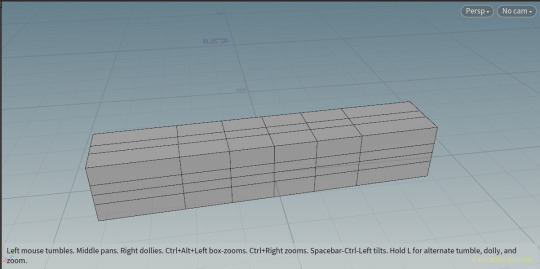
To make it look more organic and worn, I added a mountain node to create some slight variation. This can be done since I used NURBS to model.
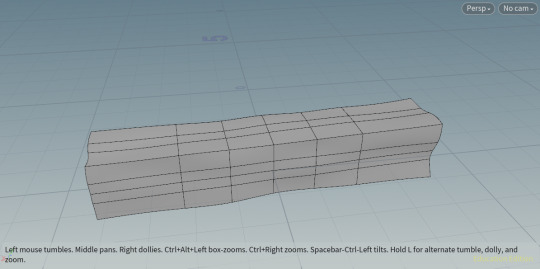
Once I transformed and sculpted it to the shape I wanted, I used the copy stamp node to make a set of stairs, with some point jitter so each step is slightly different.
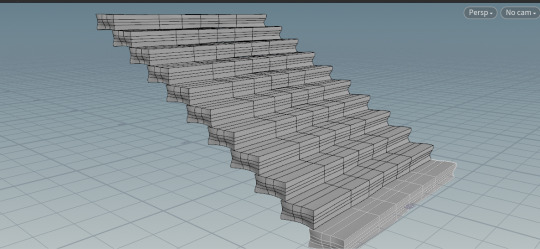
Since I am still learning Houdini, in another file, I tried experimenting with modeling using curves. In a different file, I created both the post and the column using NURBS curves and the revolve node.
Once I brought those into the scene, I scaled the objects to their proportional sizes.
The biggest challenge in this project was modeling the rails, but eventually, I was able to figure it out by creating a line that follows the angle of the staircase using relative reference.
For the walls, I used a curve and a sweep node.
Once I finished modeling, I moved on to lining up my model with the live action plate. This would prove to be quite difficult, because the perspective needed to make sense. Unfortunately, the picture I took did not fit my lighting and composition too well, but I was able to match up the perspective.
Step 3: Surfacing and Lighting
Once it was lined up, I started the process of lighting and surfacing. I used UV nodes to lay out the UV’s and imported textures into the Material Palette. I downloaded some texture maps from a free-to-use website, and applied them to their respective objects.
All that was left after that was lighting. I created sky lights to give an ambient light to the scene as well as some highlights to light up a couple of spots on the model. So with all of that, here is the rendered image without compositing:
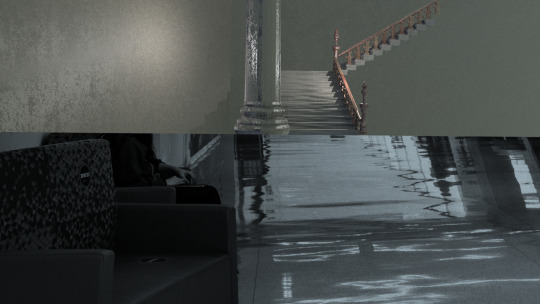
The final step is compositing and adjustments. Once I adjusted the saturation and made some edits to help the two components blend together, this is the final image:
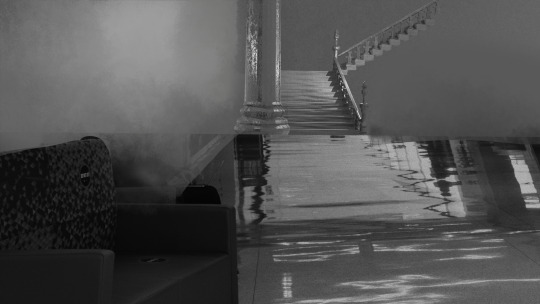
For what it’s worth, even if this final product isn’t exactly what I want, I definitely learned a lot from this project. I still have a long way to go with my skills in Houdini, but it was a great learning experience for me.
0 notes